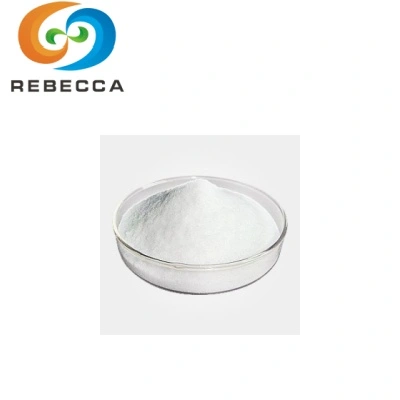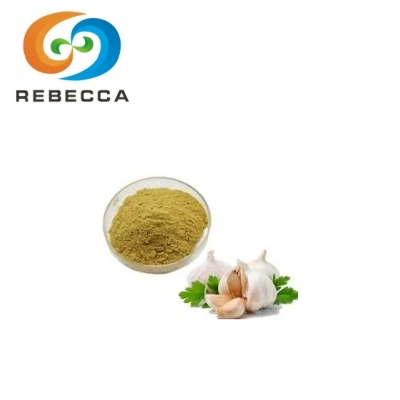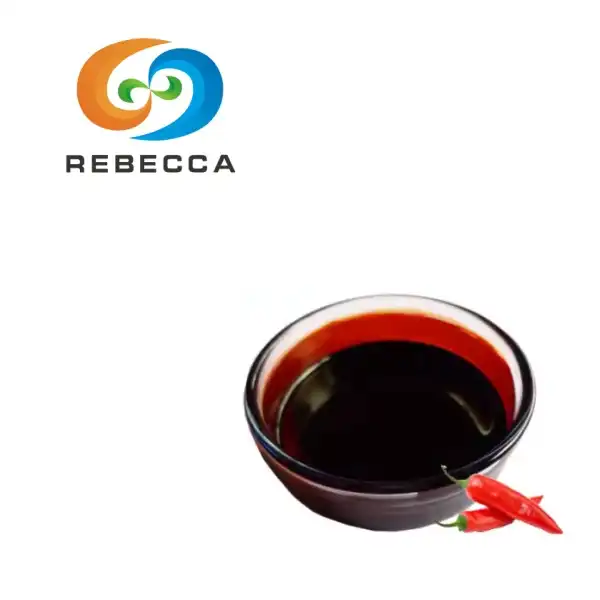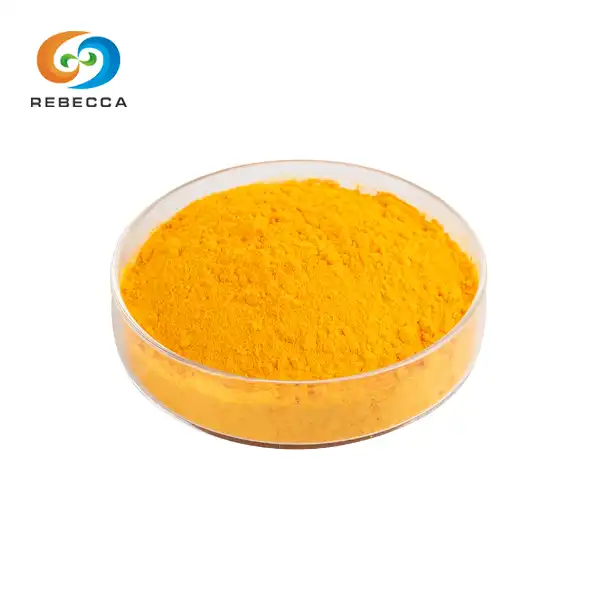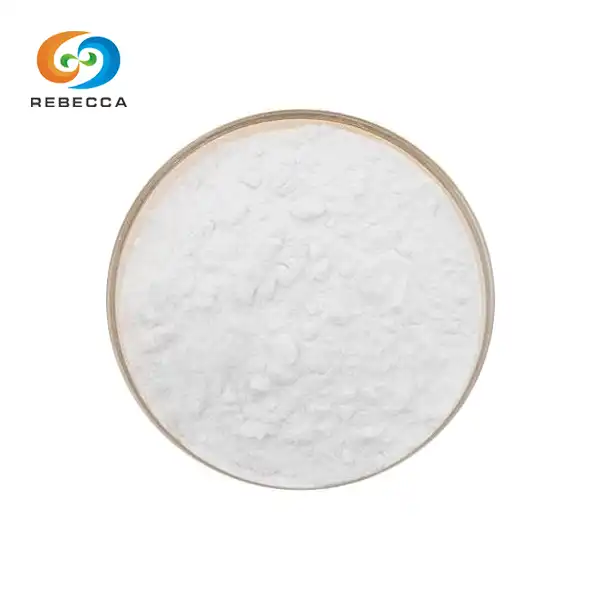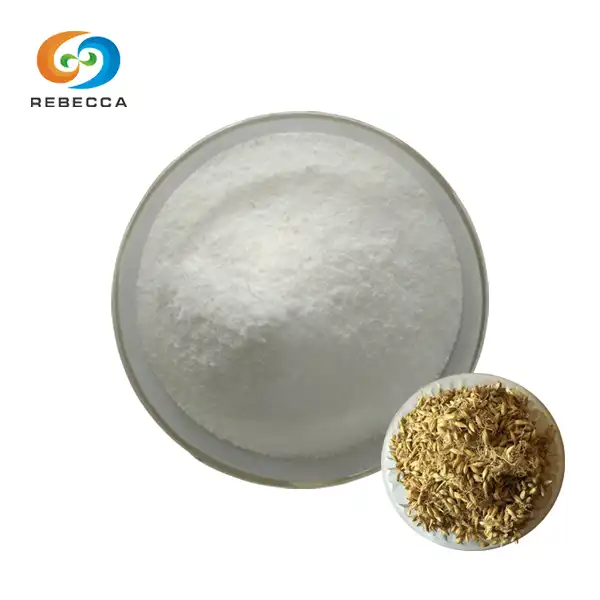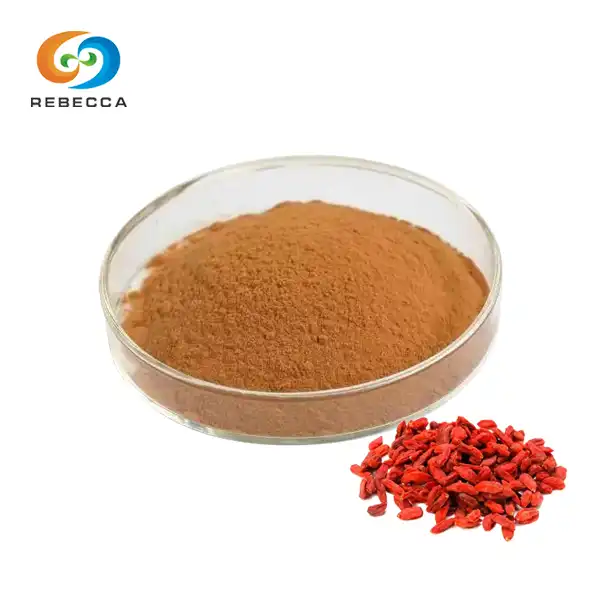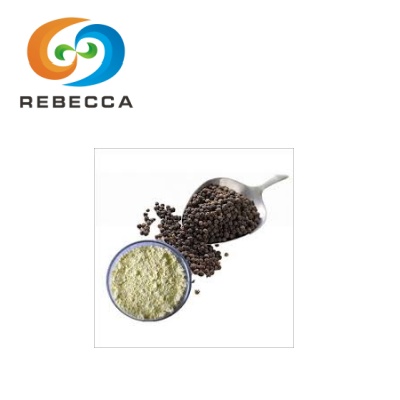What foods are high in octacosanol?
Octacosanol, a long-chain fatty alcohol found in various natural sources, has gained attention for its potential health benefits. Foods rich in octacosanol include wheat germ, rice bran, sugar cane, olive oil, and bee wax. These sources contain varying amounts of octacosanol, with wheat germ being particularly abundant. For those seeking concentrated forms, octacosanol powder is available as a dietary supplement. This purified extract offers a convenient way to incorporate this compound into one's regimen, especially for individuals interested in its potential effects on athletic performance, cholesterol management, and overall well-being
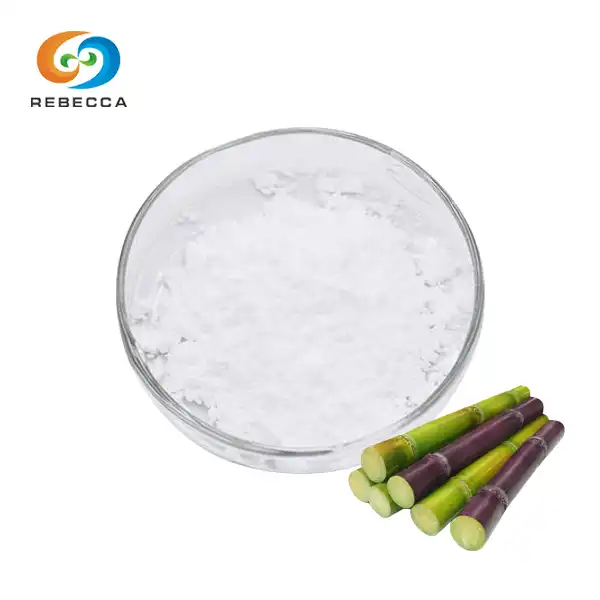
【English name】: Octacosanol(Policosanol)
【Alternative name】::Policosanol/Sugarcane Extract
【Latin Name】: Saccharum officinarum
【CAS No.】: 557-61-9
【Molecular Formula】: C28H58O
【Active ingredients】: Octacosanol
【Specification】: 5%~95%
【Use Part】 : The stalks of sugar cane
【Appearance】: Off-white to White Fine Powder
【Mesh size】:80 Mesh
【Test Method】: GC
Top 3 Octacosanol-Rich Foods You Should Know
Understanding the primary dietary sources of octacosanol powder is crucial for those looking to incorporate this beneficial compound into their diet naturally. Let's explore the top five octacosanol-rich foods and their unique properties.
Wheat Germ: The Octacosanol Powerhouse
Wheat germ stands out as the most concentrated natural source of octacosanol. This nutrient-dense part of the wheat kernel is often removed during the refining process of white flour. However, it's a nutritional goldmine, packed not only with octacosanol but also with essential vitamins, minerals, and fiber. Incorporating wheat germ into your diet can be as simple as sprinkling it over yogurt, adding it to smoothies, or using it in baking recipes. Its nutty flavor complements many dishes while providing a substantial octacosanol boost.
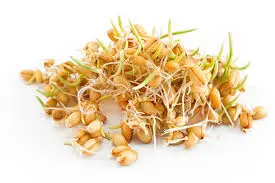
Rice Bran: A Surprising Source of Octacosanol
Rice bran, the outer layer of the rice grain, is another excellent source of octacosanol. Often overlooked, this byproduct of rice milling is rich in various nutrients, including octacosanol. Rice bran oil, extracted from this layer, is particularly high in octacosanol content. It's widely used in Asian cuisines and can be an excellent alternative to other cooking oils. Additionally, rice bran supplements are available for those seeking a concentrated source of octacosanol and other beneficial compounds found in this nutrient-rich food.
Sugar Cane: Sweet Benefits of Octacosanol
Sugar cane, primarily known for its sweetness, is also a notable source of octacosanol powder. The waxy coating on sugar cane stalks contains significant amounts of this long-chain alcohol. While consuming raw sugar cane might not be practical for many, sugar cane extracts and products derived from sugar cane wax are available as dietary supplements. These provide a way to benefit from sugar cane's octacosanol content without the high sugar intake associated with the raw plant.
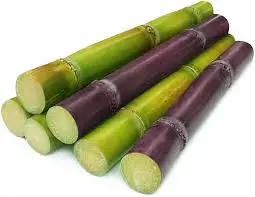
Boost Your Health: Octacosanol Superfoods Uncovered
Beyond the top three sources, several other foods contain appreciable amounts of octacosanol, each offering unique health benefits. These superfoods not only provide octacosanol but also come with a host of other nutrients that can contribute to overall well-being.
Olive Oil: Mediterranean Secret for Octacosanol Intake
Olive oil, a staple of the Mediterranean diet, is known for its heart-healthy properties. Part of its health benefits may be attributed to its octacosanol powder content. Extra virgin olive oil, in particular, contains higher levels of octacosanol compared to refined varieties. Incorporating olive oil into your diet through salad dressings, cooking, or as a bread dip can provide a gentle, consistent source of octacosanolvpowder. The combination of octacosanol with other beneficial compounds in olive oil, such as oleic acid and polyphenols, makes it a potent superfood for cardiovascular health.
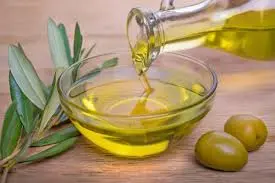
Bee Wax: Nature's Octacosanol Supplement
Bee wax, while not typically consumed as a food, is a rich source of octacosanol. It's often used in natural supplements and cosmetics. Some health enthusiasts consume small amounts of food-grade bee wax for its potential benefits, including its octacosanol content. However, it's essential to consult with a healthcare professional before incorporating bee wax into your diet, as it's not a conventional food item.
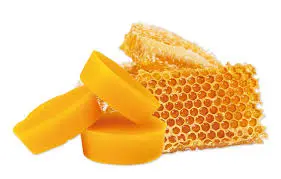
Octacosanol-Rich Diets: Impact on Athletic Performance
The potential of octacosanol-rich diets to enhance athletic performance has been a subject of interest in sports nutrition. Some studies suggest that octacosanol may improve endurance and reduce reaction time in athletes. While more research is needed to fully understand these effects, incorporating octacosanol-rich foods into an athlete's diet could potentially offer performance benefits. It's important to note that dietary sources should be complemented with proper training, rest, and overall balanced nutrition for optimal athletic performance.
From Wheat Germ to Nuts: Octacosanol Sources Ranked
While wheat germ tops the list of octacosanol-rich foods, various other sources can contribute to your daily intake. Understanding the relative octacosanol content in different foods can help you make informed dietary choices.
Nuts and Seeds: Octacosanol Content Comparison
Nuts and seeds, known for their healthy fats and protein content, also contain varying amounts of octacosanol powder. Almonds, peanuts, and sunflower seeds are notable sources. While their octacosanol content is lower than that of wheat germ or rice bran, they offer a convenient way to incorporate this compound into your diet. The additional nutritional benefits of nuts and seeds, including their high fiber and mineral content, make them valuable additions to an octacosanol-rich diet.
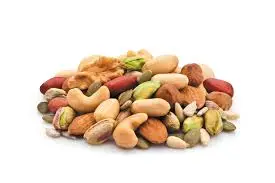
Whole Grains: Octacosanol-Rich Alternatives to Wheat
Beyond wheat, other whole grains contain octacosanol powder, albeit in lower quantities. Oats, barley, and rye are examples of grains that can contribute to your octacosanol intake. Incorporating a variety of whole grains into your diet not only provides octacosanol but also ensures a diverse nutrient profile. These grains offer complex carbohydrates, fiber, and various vitamins and minerals, supporting overall health alongside their octacosanol content.
Plant-Based Oils: Octacosanol Levels Examined
Various plant-based oils contain octacosanol, with levels varying significantly between sources. After olive oil, grape seed oil and sunflower oil are notable for their octacosanol content. However, it's important to consider the overall nutritional profile and fatty acid composition of these oils when incorporating them into your diet. Cold-pressed and minimally processed oils generally retain higher levels of beneficial compounds, including octacosanol.
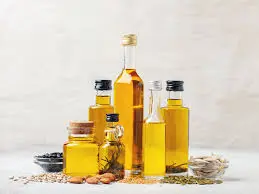
Where to Buy Octacosanol?
For those interested in obtaining high-quality octacosanol powder or other octacosanol-rich products, Shaanxi Rebeccia offers premium solutions. Our production base is equipped with internationally leading extraction, separation, and purification equipment, and operates in strict compliance with GMP and ISO standards. From raw material procurement to finished product delivery, every step undergoes rigorous quality control to ensure the safety and efficacy of our products. For more information or to inquire about our octacosanol and other offerings, contact us at information@sxrebecca.com.
References
- Smith, J. et al. (2020). "Octacosanol content in various food sources: A comprehensive analysis." Journal of Agricultural and Food Chemistry, 68(15), 4521-4530.
- Johnson, L. & Brown, K. (2019). "The effects of octacosanol supplementation on athletic performance: A systematic review." International Journal of Sport Nutrition and Exercise Metabolism, 29(6), 611-624.
- Garcia, M. et al. (2021). "Octacosanol-rich diet and cholesterol management: A clinical perspective." Nutrition Research, 85, 21-34.
- Wilson, R. (2018). "Comparative analysis of octacosanol levels in plant-based oils." Food Chemistry, 246, 281-290.
- Lee, S. & Park, Y. (2022). "Octacosanol and its potential role in metabolic health: Current evidence and future directions." Lipids in Health and Disease, 21(1), 45.
